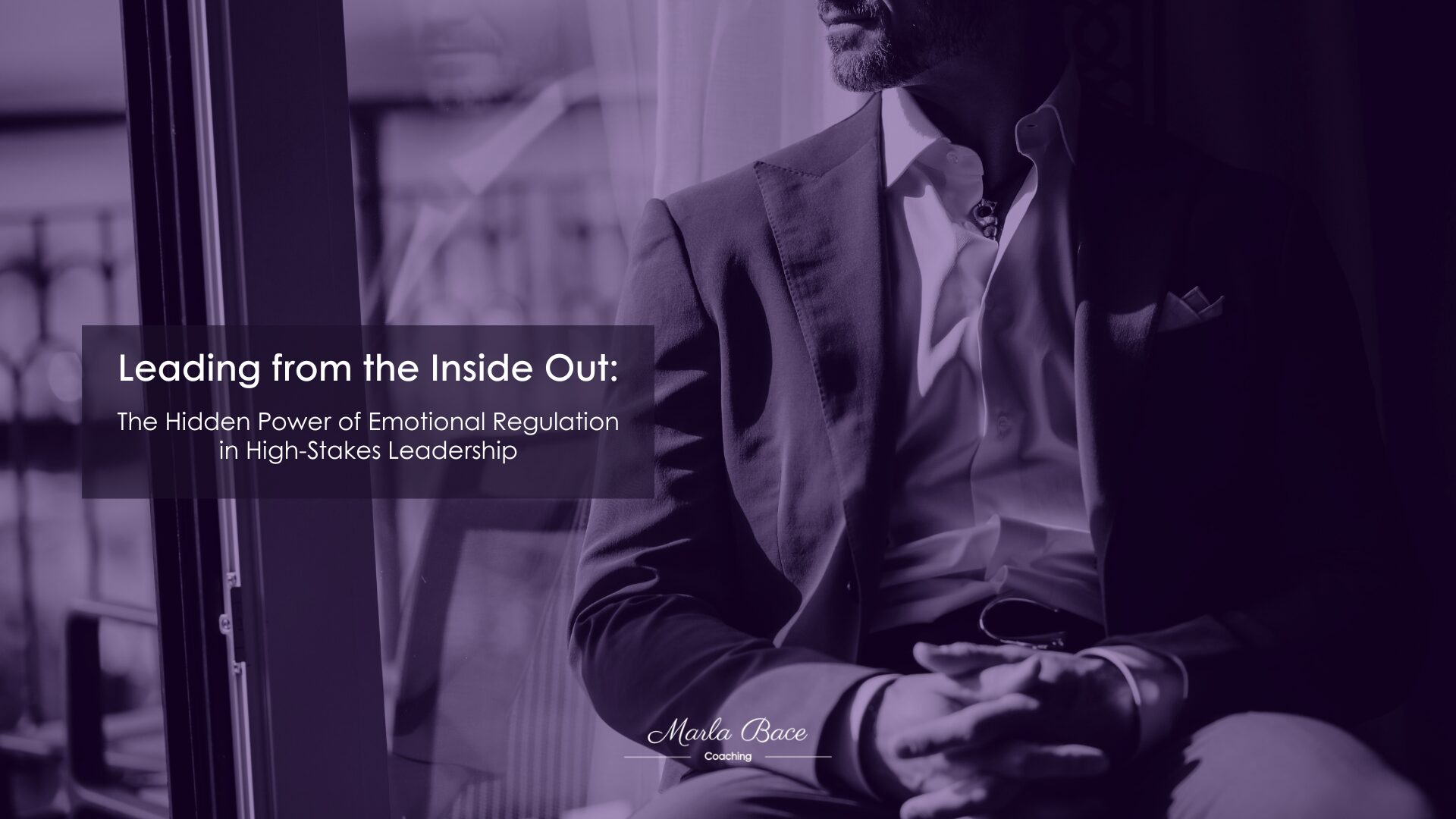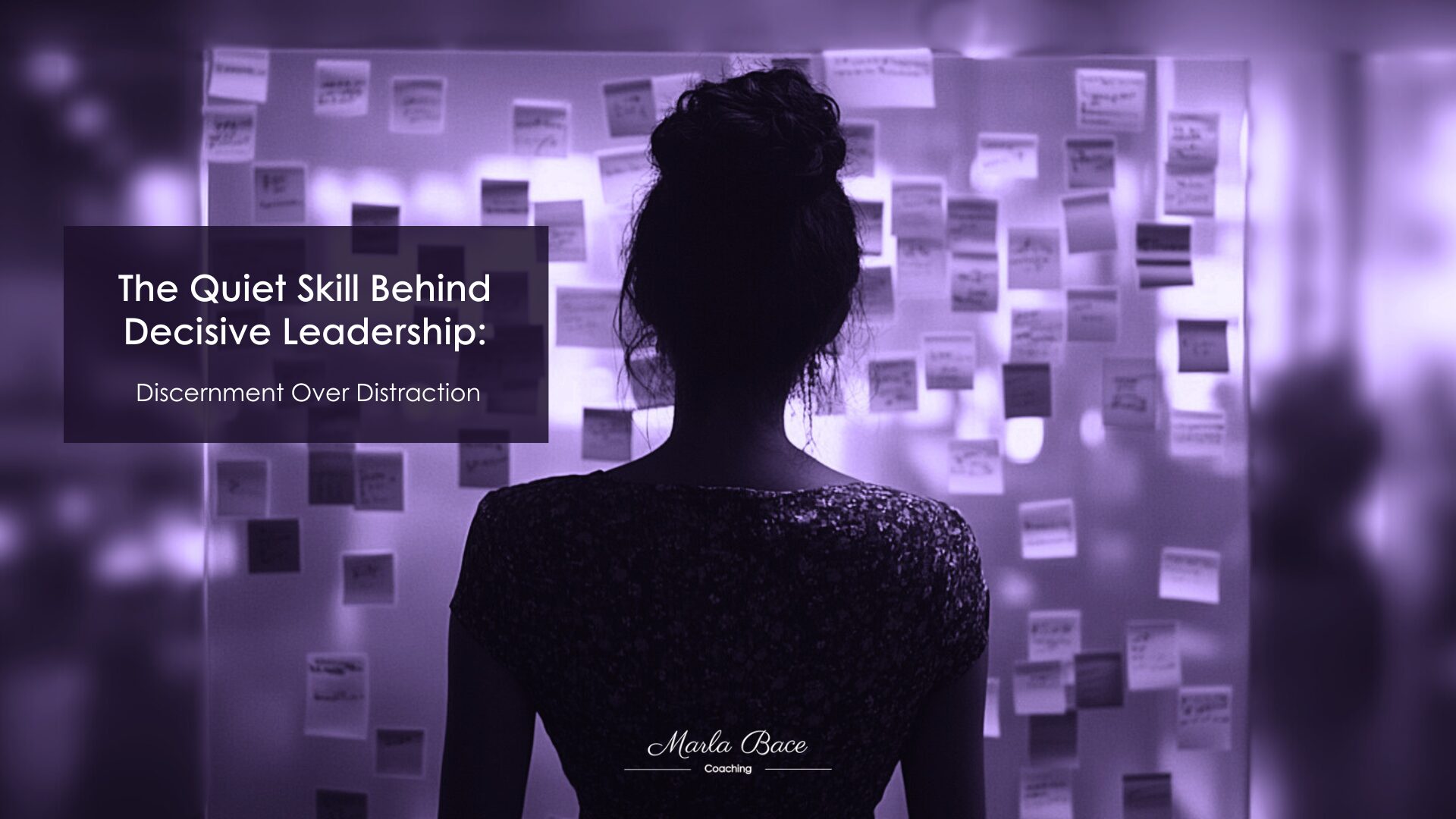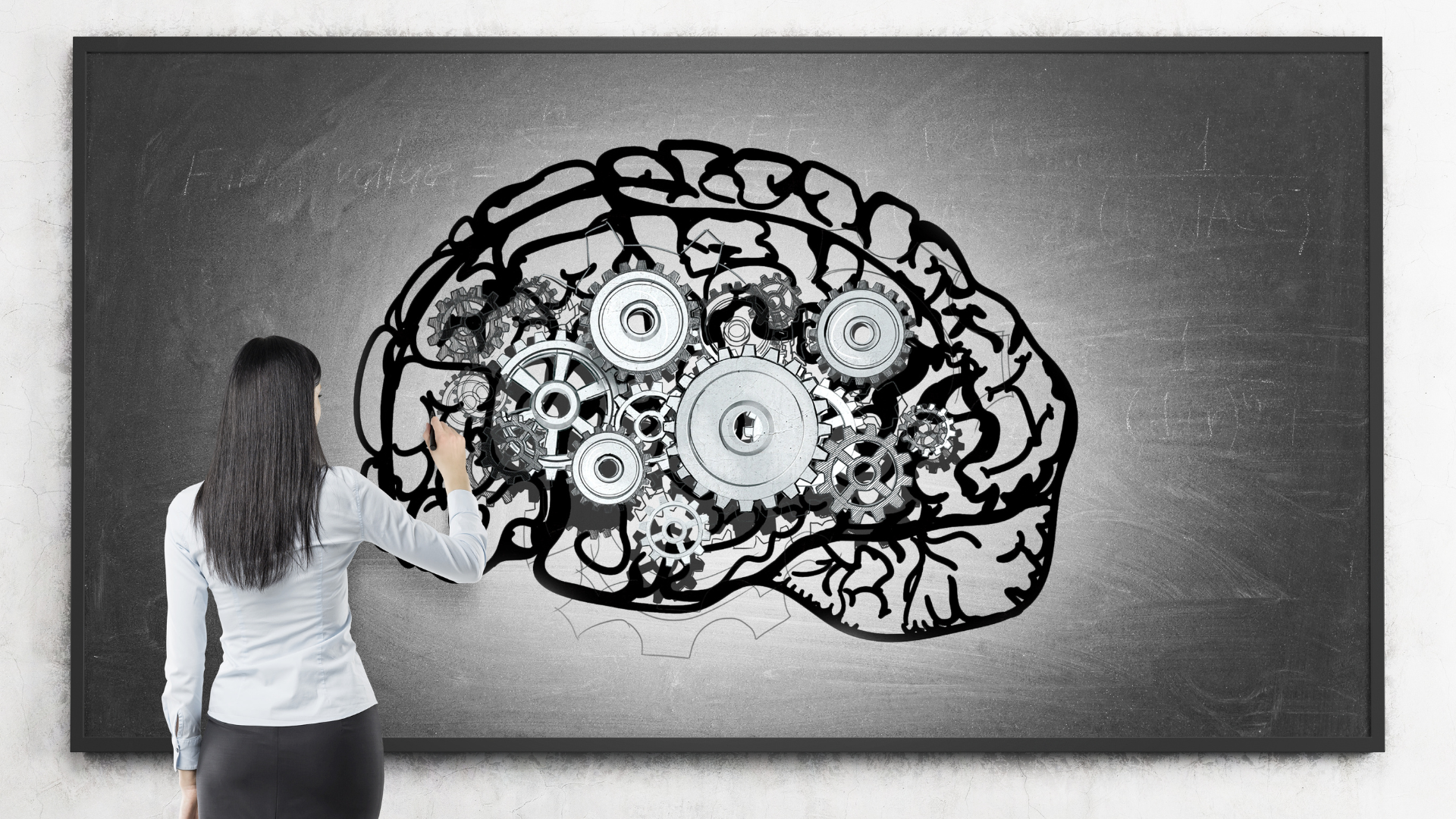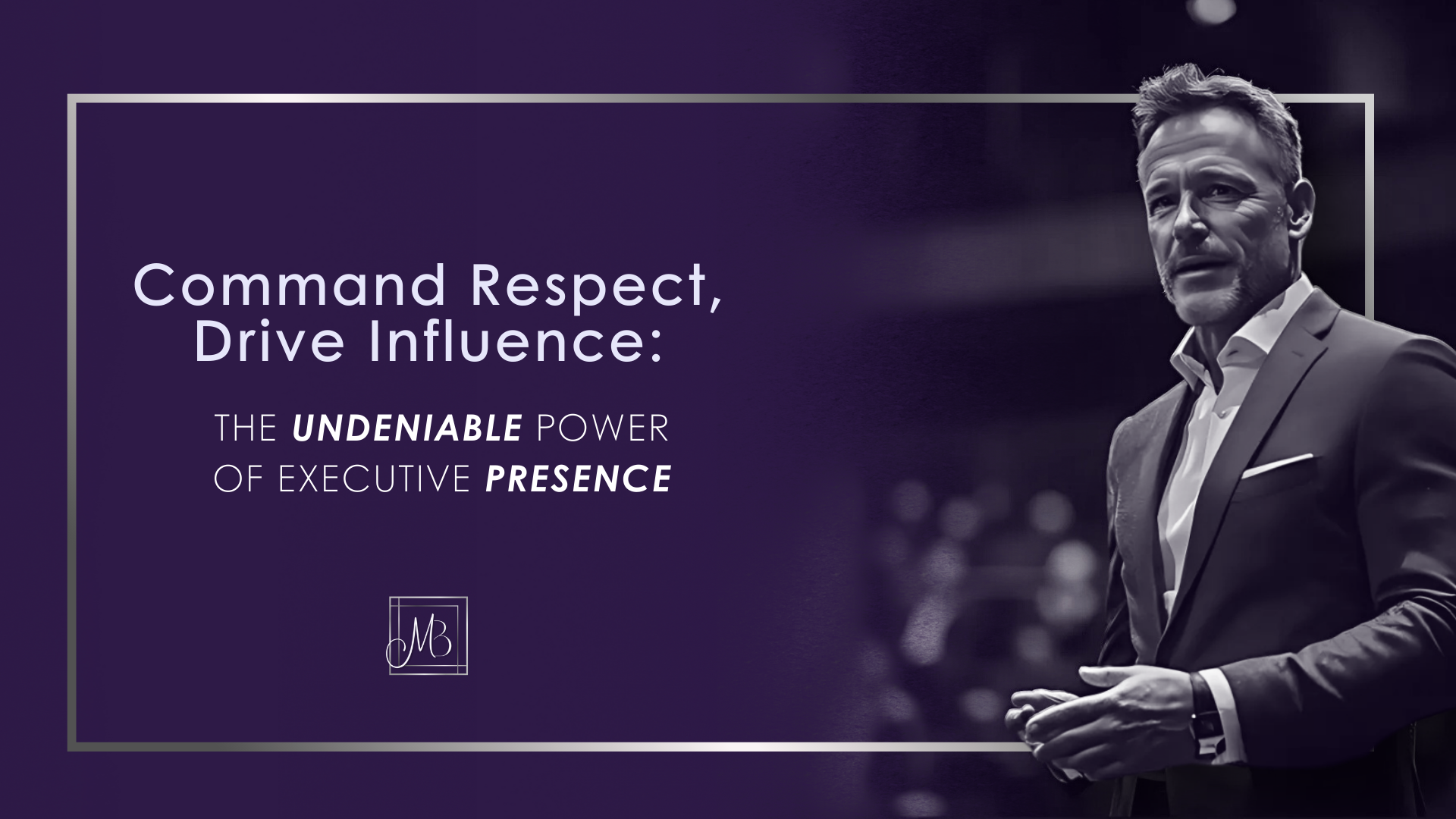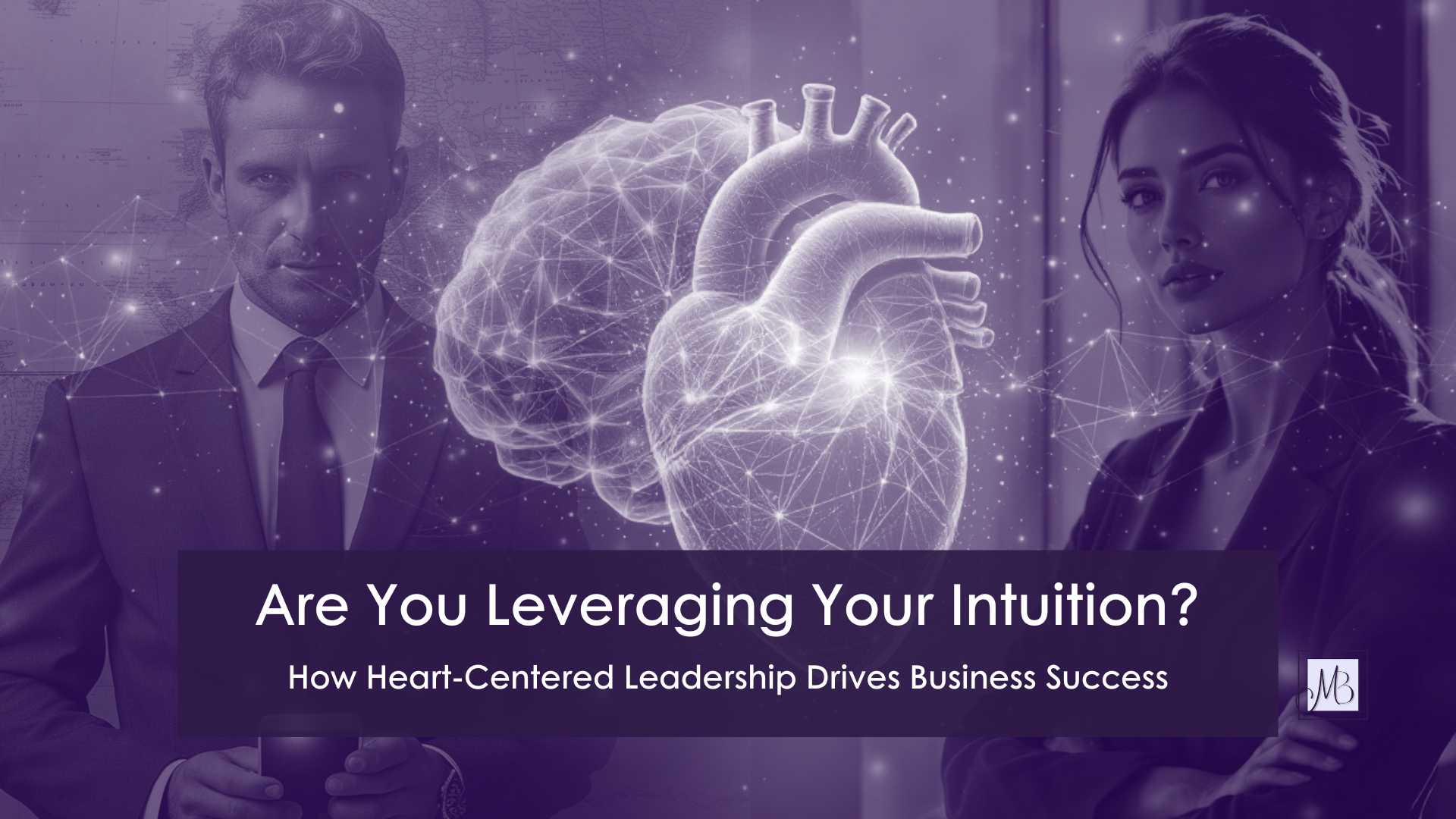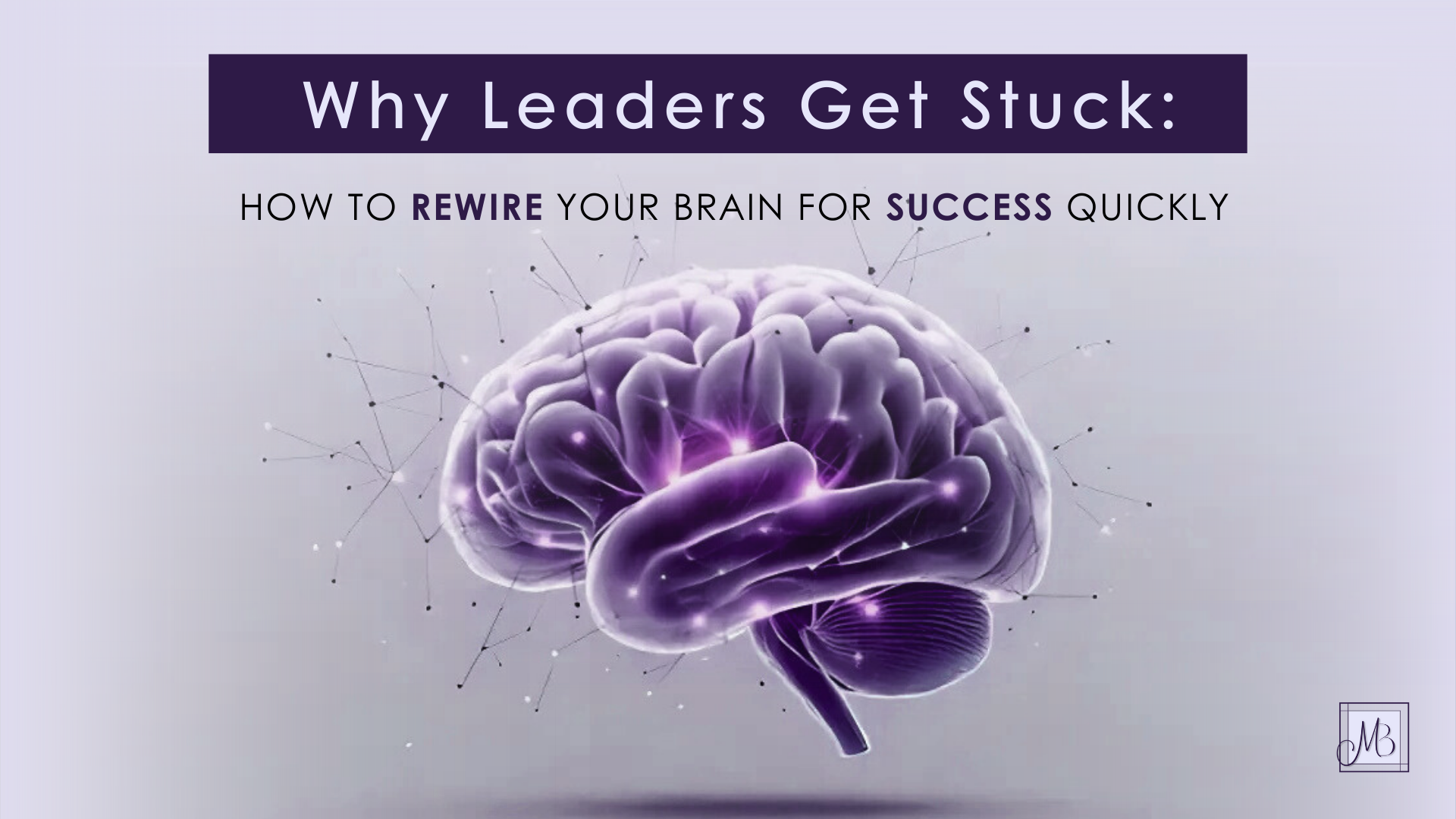In executive circles, we’re taught that success is the result of speed, certainty, and decisive action. Pausing—even briefly—is often mistaken for indecision. But the most effective leaders know better. Incorporating a strong leadership strategy can make all the difference.
Stillness isn’t a break from progress. It’s a strategic pause that enhances decision-making.
It’s what makes progress sustainable.
We don’t talk enough about the mental noise that drowns out our instincts. Between metrics, meetings, and managing teams, high performers often default to busyness—not because it’s efficient, but because silence feels unfamiliar.
But what if the edge you’re seeking isn’t in doing more, but in hearing more?
Not from your inbox. Not from your board.
From yourself.
This is where intuitive leadership begins—not with vision boards or buzzwords, but with a practiced ability to pause, observe, and act from alignment.
The Misunderstood Discipline of Mindfulness
Mindfulness has been reduced to meditation apps and wellness retreats. But in the business world, mindfulness is a strategic advantage.
Mindfulness is the tool that allows you to catch a poor decision before you make it, giving you a strategic advantage in the business world.
To hear what your gut is saying before fear overrides it.
To recognize patterns before they repeat themselves.
For high-achieving professionals, mindfulness doesn’t mean slowing down productivity. It means shifting the quality of attention from reactive to intentional.
Ask yourself:
- Where do I consistently override my instincts in the name of logic?
I’ve seen this shift in myself recently. Since January, I’ve been recording weekly videos for YouTube. At first, I worried that I sounded too slow and too measured. I’m accustomed to speaking quickly and getting to the point. But listening back, I realized something important: I wasn’t being slow. I was being mindful. Thoughtful. I was giving ideas space to land. And yes, you can totally watch at 1.25x speed—no ego here. However, I’ve come to appreciate that the way I speak now reflects the way I lead—with intention, not all urgency all the time.
- What patterns of overcommitting or overexplaining am I still repeating?
For example, one of my 2025 goals has been to attend events and network, especially locally, consistently. And I’ve followed through. In fact, I’ve attended back-to-back events nearly every Thursday for two months straight. However, I recently caught myself slipping into a pattern of overcommitting. It wasn’t intentional—it was momentum without mindfulness. So I’m using April to reset. To realign with the principle I coach all the time: one event a day, and the rest of the time spent on more profound, more strategic connections.
- What would change if I created more space between stimulus and response?
That question resonated with me recently. I started blocking time in my calendar—non-negotiable time—for reading business books and thinking strategically about my direction. Not scrolling, not reacting. Just reading, reflecting, and following up with the new people I’ve met through all that networking. It’s amazing what happens when you give your ideas room to breathe. The follow-up becomes more thoughtful. The next step becomes clearer. And instead of reacting out of habit, I’m choosing actions that make a difference.
The most influential leaders I coach are not just intelligent. They’re present. They make better decisions because they’ve trained themselves to pause before they push.
Why Your Calendar Might Be Working Against You
A tightly managed schedule appears to be discipline. But in many cases, it’s disguised avoidance. A full calendar creates the illusion of control while preventing the very thing you need most: discernment.
If every block of time is filled, when do you take time to reflect?
Leaders who operate without white space rarely have time to evaluate what’s actually working—or whether their actions still align with their purpose.
This became evident to me recently when I started growing, and I had Complimentary Sessions popping up on my calendar. While this was good news, I realized I had to figure out how to update the calendar software to book 15-minute cushions.
Mindfulness creates a gap.
And in that gap, clarity has room to breathe.
I challenge clients to stop asking, “What do I need to get done?” and start asking, “What do I need to pay attention to?”
There is a significant difference between the two. One keeps you productive. The other keeps you purposeful.
From Gut Feeling to Executive Insight
Intuition isn’t just a feeling—it’s data. It’s the sum of your experiences, values, and observations, often surfacing faster than your conscious mind can process.
But it only becomes a leadership tool when you learn to listen to it. Most of us work with the ego mind, that voice that is constantly in our head, saying what we should and should not do. It is loud! But your intuition, that soft voice, that nudge is often where the creative spark lies.
To start leveraging your intuition, you must:
- Create space to notice what you’re feeling, not just what you’re doing.
- Identify when intuition is speaking—and when fear is disguising itself as certainty.
- Build practices that allow instinct to inform strategy without taking over the steering wheel.
I’ve coached executives who knew a partnership didn’t feel right but maintained it anyway, because they were afraid of what they would lose without that partner. Months later, after stepping away, they were untangling from time sucks, expensive agreements and team misalignment.
Their gut was never wrong.
It was just ignored.
The lesson? Your instincts may be inconvenient, but it is rarely inaccurate.
Strategic Stillness in High-Stakes Moments
Stillness doesn’t mean waiting endlessly. It means knowing when not to force a decision to feel in control. This can be a relief in high-stakes moments, offering a sense of reassurance that the right decision will reveal itself with patience and discernment.
This comes up often in:
- Hiring: When the “almost right” candidate feels off, trust that.
- Pricing: If the numbers don’t sit right, don’t rationalize—reevaluate.
- Scaling: Just because growth is possible doesn’t mean it’s purposeful.
If something feels misaligned, it probably is.
Learning to pause—strategically isn’t passive. It’s an active restraint. It’s the difference between chasing speed and choosing precision. This choice empowers you, as a leader, to be in control of your decisions and their outcomes.
One of the most powerful questions you can ask as a leader is:
“What decision would I make if I weren’t afraid of what others might think?”
Mindfulness gives you the confidence to sit with that question long enough to hear the honest answer. It instills a sense of self-assurance, knowing that you have the tools to make decisions that align with your values and vision.
How to Build Your Own Intuitive Framework
Here’s what this looks like in practice—not as a theory, but as a grounded, repeatable habit.
- Establish a Decision Ritual.
- Before making significant choices, block 15 minutes of quiet time —free from emails and preparation —to listen. The insight will surprise you.
- Audit Your Gut History.
- Make a list of 3 times you ignored your instinct—and the cost. Then list 3 times you trusted it. What patterns do you notice?
- Recalibrate Your Definition of ‘Fast.’
- Sometimes, being fast means deciding in 5 minutes. Sometimes, fast is not wasting 5 months on the wrong one.
- Track Energy, Not Just Output.
- What drains you? What expands you? Build systems around that data, not just spreadsheets.
- Create a ‘No-Force’ Zone.
- Whenever you feel desperate to make a decision, pause. If it can’t wait a day, it’s likely a reaction, not a resolution.
- Acknowledge the Emotion Before You Act
When you feel a strong emotional response, pause. Name it. Sit with it. Often, it’s not about what’s happening now, but an echo of something from the past. Recognizing the difference helps you respond with clarity instead of reacting from habit.
The New Metric: Alignment Over Hustle
More apps, frameworks, or endless hustle won’t power the future of leadership. It will belong to those who operate with clarity.
To those who trade noise for discernment.
Motion for direction.
Control for connection.
You don’t need to overhaul your identity to lead this way.
You need to return to the one you’ve been silencing underneath the noise.
So take a breath. Sit with the question you’ve been avoiding.
And instead of reacting, respond.
Stillness is no longer a luxury. It’s your most underused advantage.
(Source: https://hbr.org/2015/01/mindfulness-can-literally-change-your-brain)



